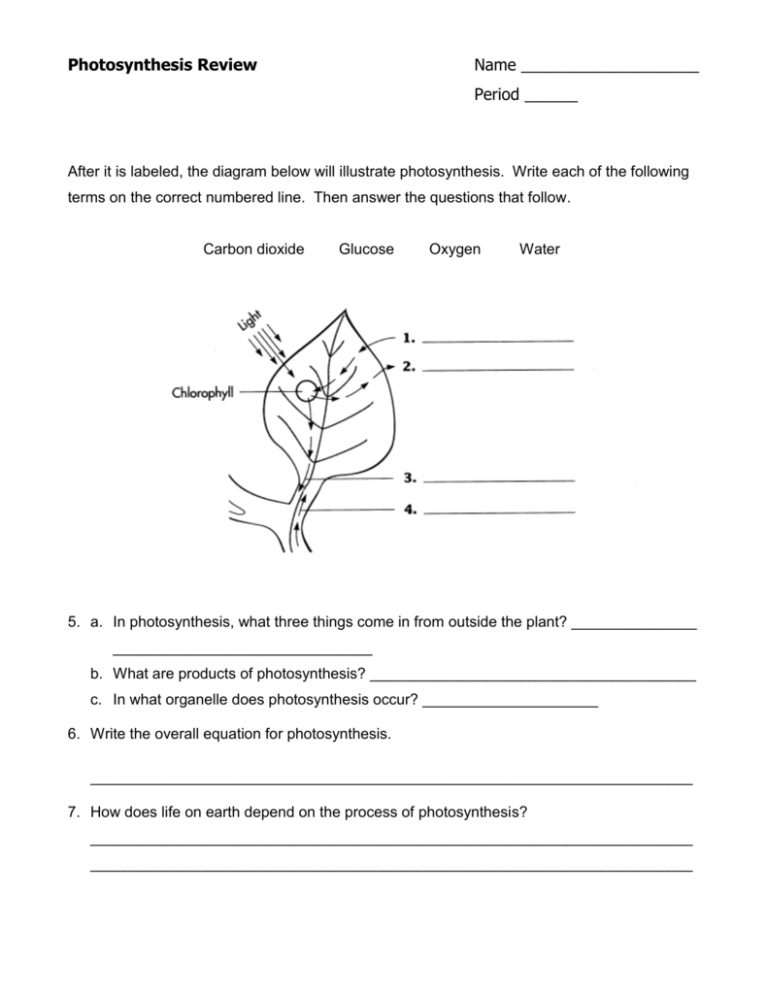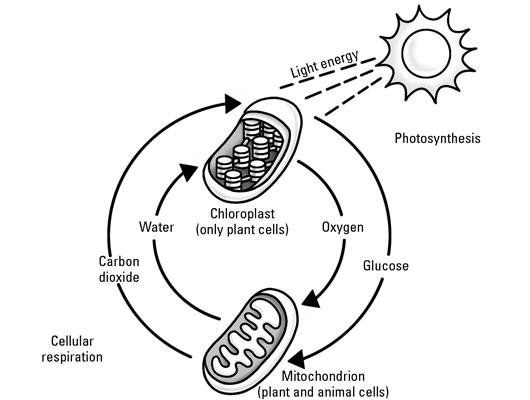
The fish accumulated calcium twice as fast and phosphorus 1.5 times as fast in low-mineral fresh water (LMF) as in high-mineral fresh water (HMF), while the rate of accumulation of magnesium did not differ in LMF and HMF. The accumulation of calcium, magnesium and phosphorus was measured during an 8-week period in the early life stages of the air-breathing armoured catfish Megalechis personata acclimated to low-mineral fresh water (0.073 mmol l-1 calcium, 0.015 mmol l-1 magnesium, <0.001 mmol l-1 phosphate) and high-mineral fresh water (0.59 mmol l-1 calcium, 1.94 mmol l-1 magnesium, <0.001 mmol l-1 phosphate). Comparison between our data and values in the literature suggests that the timing of gill development is related more to developmental stage than to body size. The change in scaling at the end of yolk resorption in this study may reflect the completion of larva to juvenile metamorphosis in Atlantic salmon. After yolk resorption (body mass 0.2 g), however, these coefficients were lower and closer to unity. Generally, early post-hatch development of gills, ADF and some cutaneous surfaces showed high mass exponents. The distribution of ADF changed over early development from 50 % yolk sac, 42 % body surface and 8 % branchial in newly hatched fish to 68 % branchial and 32 % cutaneous at the end of yolk resorption. The total anatomical diffusion factor (ADF, mass-specific surface area per unit diffusion distance) remained constant over early development and appeared to be higher than in adult fish. Diffusion distances across both the filaments and lamellae of the gills decreased through development, from 3.7 to 2.4 µm for lamellae and from 14.5 to 10.8 µm for filaments.

Harmonic mean diffusion distance across the skin increased through development from 20 µm at hatch (14 µm across the yolk sac) to 70 µm in an 11 g fish. The branchial contribution to total area increased rapidly, however, so that by the end of yolk absorption (body mass 0.190.23 g) it constituted 22 % of the total area and overtook cutaneous surface area between 5 and 6 g wet body mass.


Cutaneous surfaces accounted for over 95 % of the total area available for respiration in newly hatched Atlantic salmon (body mass 0.0320.060 g). Newly hatched Atlantic salmon have poorly developed gills but do have a high skin area to mass ratio and a large well-vascularized yolk sac. During development from larva to juvenile in Atlantic salmon, Salmo salar, there is a change in the anatomical potential for gas exchange among gills, body skin and yolk sac as the larvae resorb yolk, grow and develop gills.


 0 kommentar(er)
0 kommentar(er)
